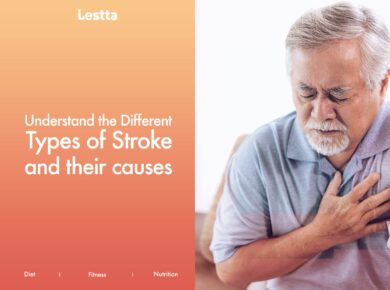
Chronic respiratory diseases, characterized by persistent symptoms and airflow limitation, have become a significant public health concern worldwide. Conditions such as asthma, chronic obstructive pulmonary disease (COPD), bronchiectasis, and cystic fibrosis fall under this category.
Understanding the insights into this case is crucial for raising awareness, promoting early detection, and facilitating effective management. In this article, we will explore seven key insights into chronic respiratory diseases and their impact on individuals and society.
Insight 1: Prevalence and Burden
Chronic respiratory diseases affect millions of people globally, with their prevalence steadily increasing. According to the World Health Organization (WHO), around 235 million people suffer from asthma, while more than 200 million individuals are diagnosed with COPD.
This staggering burden places immense strain on healthcare systems and has a significant socioeconomic impact.
Insight 2: Risk Factors
Various risk factors contribute to the development of it. These include genetic predisposition, exposure to environmental pollutants (such as tobacco smoke and air pollution), occupational hazards, and respiratory infections.
Identifying and addressing these risk factors are crucial for prevention and disease management.
Insight 3: Impact on Quality of Life
Chronic respiratory diseases can severely impact an individual’s quality of life. Persistent symptoms, such as coughing, wheezing, shortness of breath, and fatigue, can limit physical activities and hinder daily functioning.
Additionally, the psychological and emotional burden, including anxiety and depression, further exacerbate the overall impact on patients’ well-being.
Insight 4: Diagnosis and Early Detection
Timely diagnosis and early detection of chronic respiratory diseases are vital for effective management. Medical professionals use a combination of medical history, physical examinations, lung function tests, and imaging techniques to accurately diagnose and classify the condition.
Early detection enables the initiation of appropriate interventions and therapies to minimize disease progression.
Insight 5: Treatment Approaches
Managing chronic respiratory diseases involves a multifaceted approach tailored to the individual’s specific condition. Treatment options may include medications to alleviate symptoms, inhalation therapies, pulmonary rehabilitation, lifestyle modifications (such as smoking cessation and regular exercise), and, in severe cases, surgical interventions like lung transplantation.
An individualized treatment plan aims to improve symptoms, enhance lung function, and enhance overall quality of life.
Insight 6: Patient Education and Self-Management
Empowering patients with knowledge about their condition is crucial for effective self-management. Education on medication adherence, symptom recognition, and early intervention can help individuals better control their symptoms and prevent exacerbations.
Additionally, self-monitoring techniques, such as peak flow measurements and the use of action plans, enable patients to take an active role in their care.
Insight 7: Research and Advancements
Ongoing research and technological advancements play a vital role in enhancing the understanding and management of chronic respiratory diseases. Studies focused on disease mechanisms, innovative treatment approaches, and the development of new medications contribute to improved patient outcomes.
Moreover, telemedicine and remote monitoring technologies are transforming healthcare delivery, providing convenient access to care and continuous disease management.
Conclusion
Chronic respiratory diseases pose a significant burden on individuals and society, affecting millions worldwide. By gaining insights into these conditions, we can work towards early detection, effective management, and improved quality of life for patients.
Through comprehensive treatment approaches, patient education, and ongoing research, we can hope to mitigate the impact of chronic respiratory diseases and promote healthier respiratory outcomes.









